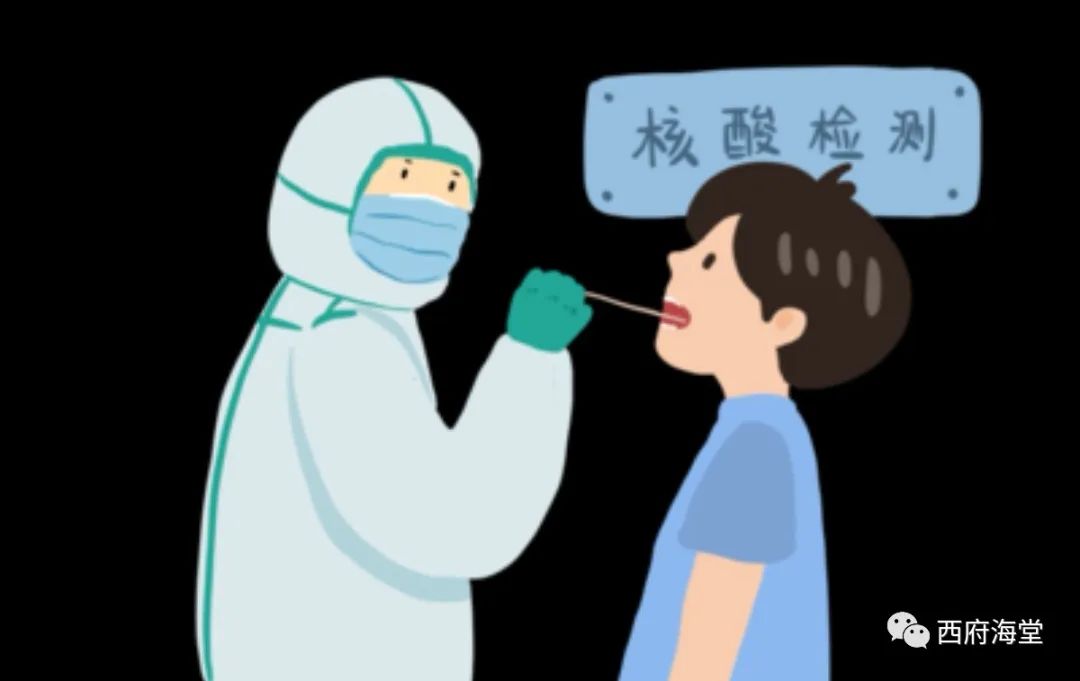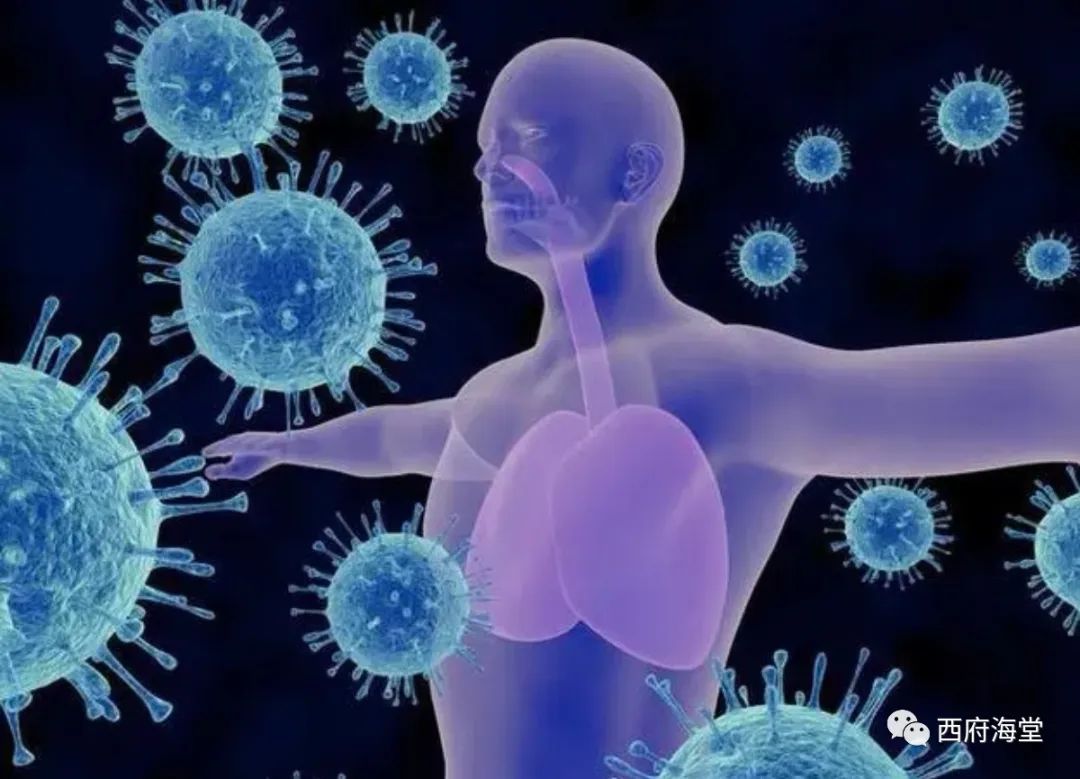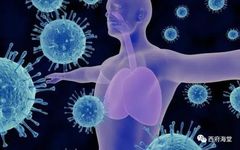
疬气 (liè qì), or epidemic qi, refers to a type of highly infectious external evil. In TCM literature, 疬气 is also known as “疫毒” (yì dú, epidemic toxin), “疫气” (yì qì, epidemic qi), “异气” (yì qì, strange qi), “戾气” (lì qì, adverse qi), “毒气” (dú qì, toxic qi), and “乖戾之气” (guāi lì zhī qì, perverse qi).
疬气 differs from the six excesses (六淫, liù yín); as stated in the “Treatise on Epidemics” (瘟疫论, wēn yì lùn), “The disease of epidemics is not caused by wind, cold, heat, or dampness, but by a different kind of strange qi present in the environment.” This indicates that 疬气 is distinct from the six excesses. The diseases caused by 疬气 are epidemic diseases, which actually encompass many modern infectious diseases and severe infectious diseases.
In ancient times, without microscopes and microbial cultures, the specific bacteria or viruses were unknown. However, ancient people recognized that at certain times, there existed some pathogenic substances in the atmosphere, thus the prevention and treatment differed from the six excesses.
Through the COVID-19 pandemic, we have gained a deeper understanding of 疬气. The impact of COVID-19 has been pervasive, affecting each of us deeply, and its aftereffects seem unlikely to dissipate quickly.
From a personal perspective, the most important thing for the health of oneself and one’s family is to align with the four seasons, strengthen the body, and protect the body’s正气 (zhèng qì, vital energy) through regulating the mind, diet, daily routines, appropriate exercise, and moxibustion (艾灸, ài jiǔ) to resist various external evils.
1. Characteristics of 疬气 Pathogenicity
(1) Sudden onset and severe condition:
疬气 causes disease with a short incubation period, and can even lead to illness upon contact, with a dangerous and rapidly changing condition and high mortality rate. Diseases such as diphtheria, epidemic dysentery, cholera, and smallpox all have sudden onset, fierce progression, and critical conditions. In severe cases, if not rescued in time, death can occur within hours of onset.
Generally speaking, diseases caused by the six excesses are less acute than those caused by internal injuries, while 疬气 is even more acute than those caused by the six excesses.
(2) Strong infectivity and ease of spread:
Strong infectivity is the primary characteristic of 疬气. 疬气 primarily spreads through the air, entering the human body via the mouth and nose. Additionally, it can spread through food, contact, mosquito bites, and other forms of contact with pathogens, leading to outbreaks.
The “Treatise on the Origins of Diseases” (诸病源候论, zhū bìng yuán hòu lùn) clearly states the serious harm of 疬气 to humans, stating, “When people are affected by adverse qi, the disease qi can easily spread, even leading to the extinction of families.” This highlights the terrifying consequences of severe infectious diseases.
(3) One qi, one disease, similar symptoms:
疬气 is highly specific in its pathogenicity; it differs from the six excesses, phlegm, and blood stasis. For example, wind evil can cause “colds” and also lead to “wind rash,” “arthralgia,” “dizziness,” and other diseases, with varying symptoms. However, each type of 疬气 only causes one specific epidemic disease, and the clinical symptoms of each epidemic disease are fundamentally consistent. Thus, the “Suwen (素问, sù wèn) – Treatise on Needling” states: “When the five epidemics arrive, they all easily infect each other, regardless of size, and the symptoms are similar.”

2. Factors Influencing the Occurrence and Spread of Epidemics
The occurrence and spread of epidemic diseases are related not only to the strength of the population’s正气 (zhèng qì) but also to the following factors.
(1) Climatic factors:
Abrupt or prolonged abnormal changes in natural climate, such as prolonged drought, extreme heat, excessive rain, flooding, humidity, fog, and miasma can all promote the breeding and spread of pathogenic qi, leading to the outbreak of epidemics.
(2) Environmental and dietary factors:
Poor environmental hygiene, such as water or air pollution, can easily breed toxins; animal carcasses not buried in time, and improper disposal of filth can also contribute to the breeding of epidemic toxins; food contamination and unclean diets can also easily lead to the occurrence and spread of epidemics.
(3) Preventive measures:
Prevention and isolation are effective measures to prevent the occurrence of epidemics and control their spread. Because 疬气 has strong infectivity, patients with epidemic diseases should be isolated and treated immediately to prevent the spread of the disease. Those who are at risk of infection should take preventive medications and pay attention to diet and daily routines to maintain正气 (zhèng qì) and enhance the body’s resistance.
(4) Social factors:
The occurrence and spread of epidemics are closely related to social systems and conditions. Social unrest, continuous warfare, natural disasters, poverty, and backwardness can all lead to a low capacity to resist natural disasters, making outbreaks of epidemics more likely. Conversely, if a country is stable, economically prosperous, and the populace is well-off and pays attention to hygiene and epidemic prevention, the incidence of epidemics will significantly decrease and outbreaks will be less likely.
So today, the question is: How do you view the COVID-19 pandemic that began three years ago?


